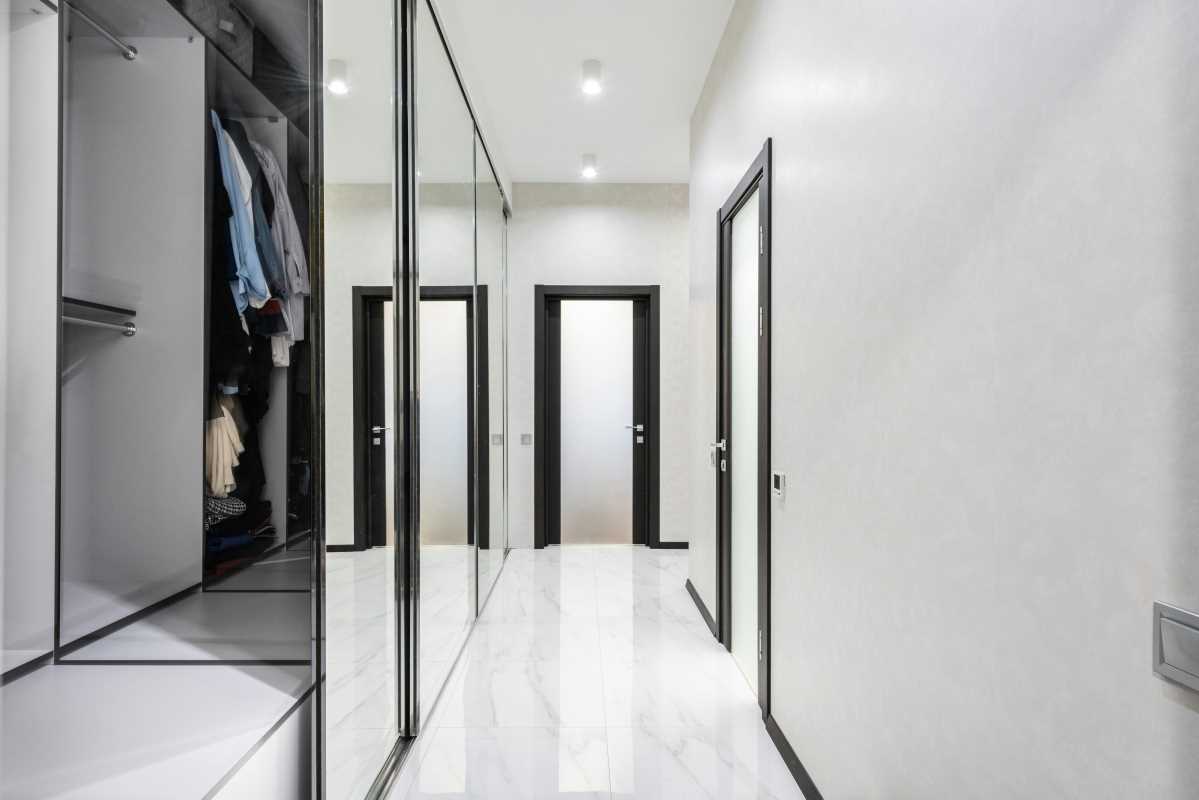Waking up to the sight of overflowing recycling bins rarely inspires joy, yet homes that use fewer resources often feel more welcoming and relaxed. Families might share a laugh at the dinner table while discussing how to switch out dated fixtures for new water-saving alternatives that fit easily into daily life. These small adjustments not only lead to fresher air and lower utility costs but also encourage everyone to join in. Simple changes become opportunities for connection, making even routine tasks feel meaningful—no lectures required, just genuine participation and shared satisfaction.
Ways to Make Family Spaces More Sustainable
Go beyond the usual “turn off lights” advice and consider how sunlight and shutters can work together to create a relaxing, energy-efficient lounge. If you angle blinds just right, you’ll reduce glare while easing heating or cooling loads, allowing you to redirect savings toward weekend adventures. This approach feels more like fine-tuning comfort than following a strict rulebook.
Think of your pantry as a stage for bulk bins and zero-waste swaps. Using glass jars and metal scoops, you create a small ritual that encourages everyone to reach for reusable containers. It’s fun, interactive and reduces plastic use gradually. Those colorful jars lined up on shelves add cheer and show kids that good habits can look stylish.
Affordable Changes That Make a Difference Every Day
Sometimes, simple additions cause big effects. Installing a faucet aerator in minutes turns a steady trickle into a foamy wash that uses much less water. Combine that with a quick lesson on how much water your taps currently use, and you’ll ignite genuine interest in small changes. That’s a budget-friendly tweak families love to share.
Stop phantom power waste by using smart strips that detect activity. Plug-in gaming consoles, TVs and chargers get a mini traffic cop that cuts power when appliances go idle. These power thieves vanish overnight, and when the electric bill arrives, you notice the difference without checking every socket.
Practical Upgrades You Can Do Yourself
- Low-Flow Showerhead – Conserve water without losing pressure.
- Steps:
- Remove old showerhead with an adjustable wrench (protect threads with tape).
- Clean leftover sealant from pipe end.
- Hand-tighten new unit, then secure with a wrench.
- Cost/Availability: Under $40; widely available in plumbing aisles.
- Insider Tip: Test spray patterns by partially filling a bucket to balance comfort and conservation.
- Steps:
- Window Insulation Film – Reduce seasonal heat loss.
- Steps:
- Clean and dry glass surface.
- Cut film slightly larger than window.
- Spray edges with water, smooth film outward to remove bubbles.
- Cost/Availability: ~$15 per kit; seasonal or online.
- Insider Tip: Apply on a calm afternoon so sunlight helps secure edges.
- Steps:
- LED Bulb Upgrade – Save up to 80% on lighting energy.
- Steps:
- Match bulb base and fixture shape.
- Remove incandescent or CFL bulb.
- Insert LED bulb; check dimmer compatibility.
- Cost/Availability: ~$5–10 per bulb; found in grocery and hardware stores.
- Insider Tip: Choose 2700K warm white bulbs for a cozy glow.
- Steps:
- Smart Thermostat – Automate home climate control.
- Steps:
- Turn off HVAC power.
- Remove old thermostat, labeling wires.
- Mount new smart model, connect wires.
- Use app to program daily schedules.
- Cost/Availability: ~$120; available in electronics and online stores.
- Insider Tip: Enable geo-fencing to save energy when away and restore comfort on return.
- Steps:
- Rain Barrel System – Capture runoff for reuse.
- Steps:
- Place barrel on a stand under downspout.
- Install diverter kit to guide water.
- Seal connections, add overflow outlet.
- Cost/Availability: ~$80–$150; garden centers and specialty shops.
- Insider Tip: Add a mesh screen to block debris and connect barrels in series for more storage.
- Steps:
Easy Projects to Help the Environment
- Build a Compost Station: Collect kitchen scraps in a small bin. Layer yard trimmings, coffee grounds and shredded paper in an outdoor container. Turn the pile weekly to promote airflow. After a few months, you'll have rich humus for potted plants and flower beds.
- Create a DIY Drip Irrigation System: Gather tubing, stakes and micro-emitters. Lay tubing along garden rows. Punch holes to insert emitters near the roots. Connect tubing to a timer faucet adapter. Program the timer for short daily watering to help plants absorb water slowly instead of drowning.
- Paint with Low-VOC Coatings: Select solvent-free paints labeled for interior walls. Remove loose old paint, lightly sand and wipe the surface. Apply one coat of primer, then two coats of color. This keeps indoor air healthier while maintaining vibrant shades.
Incorporate Green Habits into Daily Life
Lower the thermostat by two degrees when everyone sleeps, turning it into a routine instead of a hassle. Set phone reminders for each person to adjust their bedroom thermostat before turning out the lights. This small nudge keeps comfort levels high while saving energy day after day.
Have each family member set up a recycling station: one for paper, one for plastics and another for metals. Label bins with simple icons and rotate the responsibility weekly. It turns sorting trash into a game and keeps everyone involved in maintaining a tidy space.
Begin by gathering your materials and assigning tasks. Small habits can transform your home into a cleaner, more open space that connects with nature.







